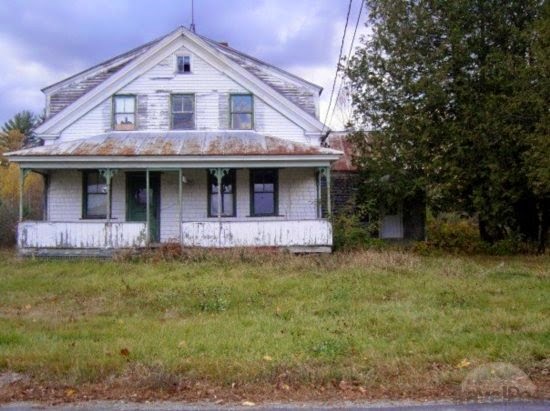Horror Codes and Conventions
- Setting - usually small isolated place, urban environments, dark and narrow streets, large cities or run down ghost towns (connotes isolation/being alone. Places with 'dark' history, abanodoned houses, mental asylums etc.




- High and low angles connote fear and power
- POV shots are used o make the audience feel as though they are there making them feel scared
- Handheld camera shots are used to show realism, making people feel more scared, gives a sense of uncertainty.
- Ambient diegetic sounds are used as they are very important as they create realism and fear, e.g. footsteps, breathing.
- Close ups are used to show fear on victims faces
- Editing- if editing hasn't been paced up in a while you know something bad is going to happen.
- Iconography- dark colours, red and black. Low key lighting used to create shadows and unfamilar shapes in the darkness, this can create a sense of fear as the audience doesnt know for sure. Props- knives, machetes, chainsaws, weapons, masks, religious icons etc.
- Narrative- There is always a hero/protagonist left at the end of the film, they are usually the last one alive and they usually have to stop the horror. Usually in supernatural horrors, it usually shows families or teenagers being haunted. Sometimes the films are closed but other times they leave it at a cliff hanger to make sequel. Some narratives fall into a sub genre e.g. slasher horror may fall into psychological as they killer may have psychological illnesses.
- Characters- The main protagonist (hero/victim)- the villain- immoral/stupid teens who get killed - family who get haunted - creepy children - police officers - ghosts, demon, psychopath, killer etc.
- Themes- good v evil, depression, religion, childhood issues, revenge, supernatural, beyond death, nightmares, madness, insanity, sui




No comments:
Post a Comment